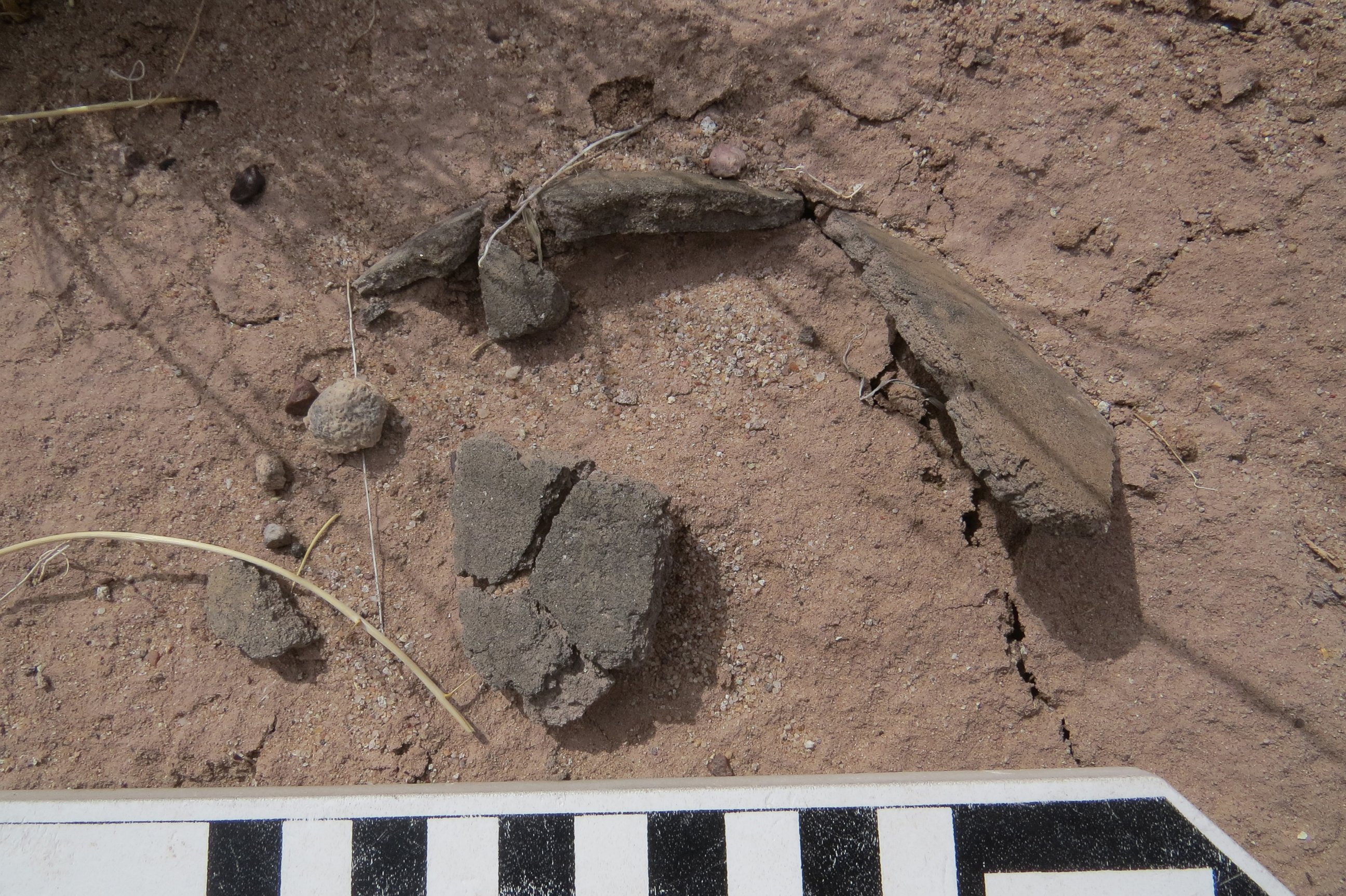Another 1,300-Year-Old Village Discovered in Arizona
Finds in Petrified Forest National Park date between 200 A.D. and 700 A.D.
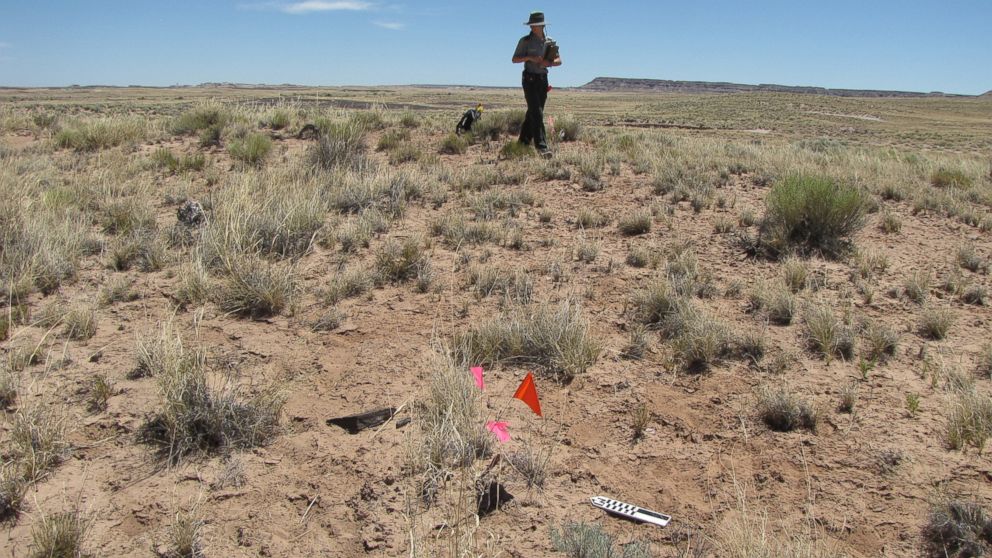
— -- Archaeologists have uncovered a second ancient village in Arizona's Petrified Forest National Park that is 1,300 years old.
The latest basket-maker village dates between 200 A.D. and 700 A.D., based on the types of pottery found, according to Bill Reitze, the park's archaeologist. It was discovered this summer, following the first discovery last year of similar slab-lined pit-houses.
These are dwelling structures dug into the ground unique to the Southern Colorado Plateau and found throughout the park, but not often in these high concentrations, Reitze said.
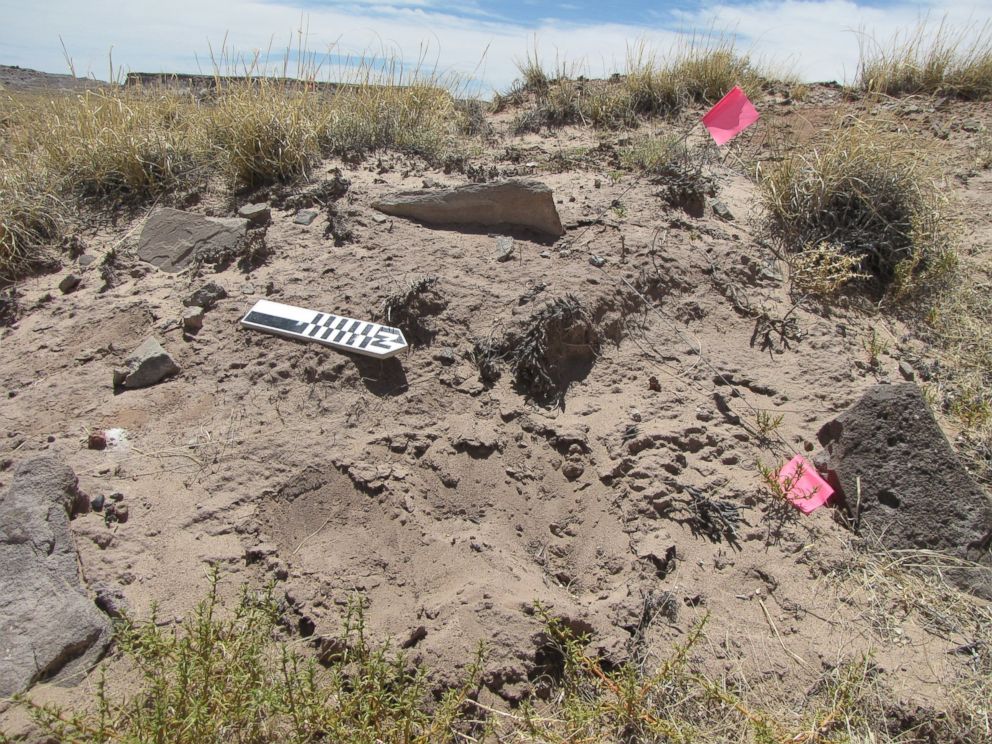
Both of the large basket-maker sites are in neighboring, stabilized sand dunes less than a kilometer apart, Reitze said. The discoveries were made as part of an expansion project that has doubled the park's size after Congress passed the Petrified Forest National Park Expansion Act of 2004.
"There are not a lot of national parks that have the opportunity to get bigger like this to protect sites and produce future research," Reitze told ABC News. "A lot of archaeology happens in response to development. What makes this unique is new sites are discovered, research [is] being done and all these sites are being protected, all at once."
The artifacts are primarily stone tools, including spear points, scrapers and knives, made out of petrified wood, shells and small early ceramics. Last year, ruins of a multi-story house were discovered that may have been part of a trade network.
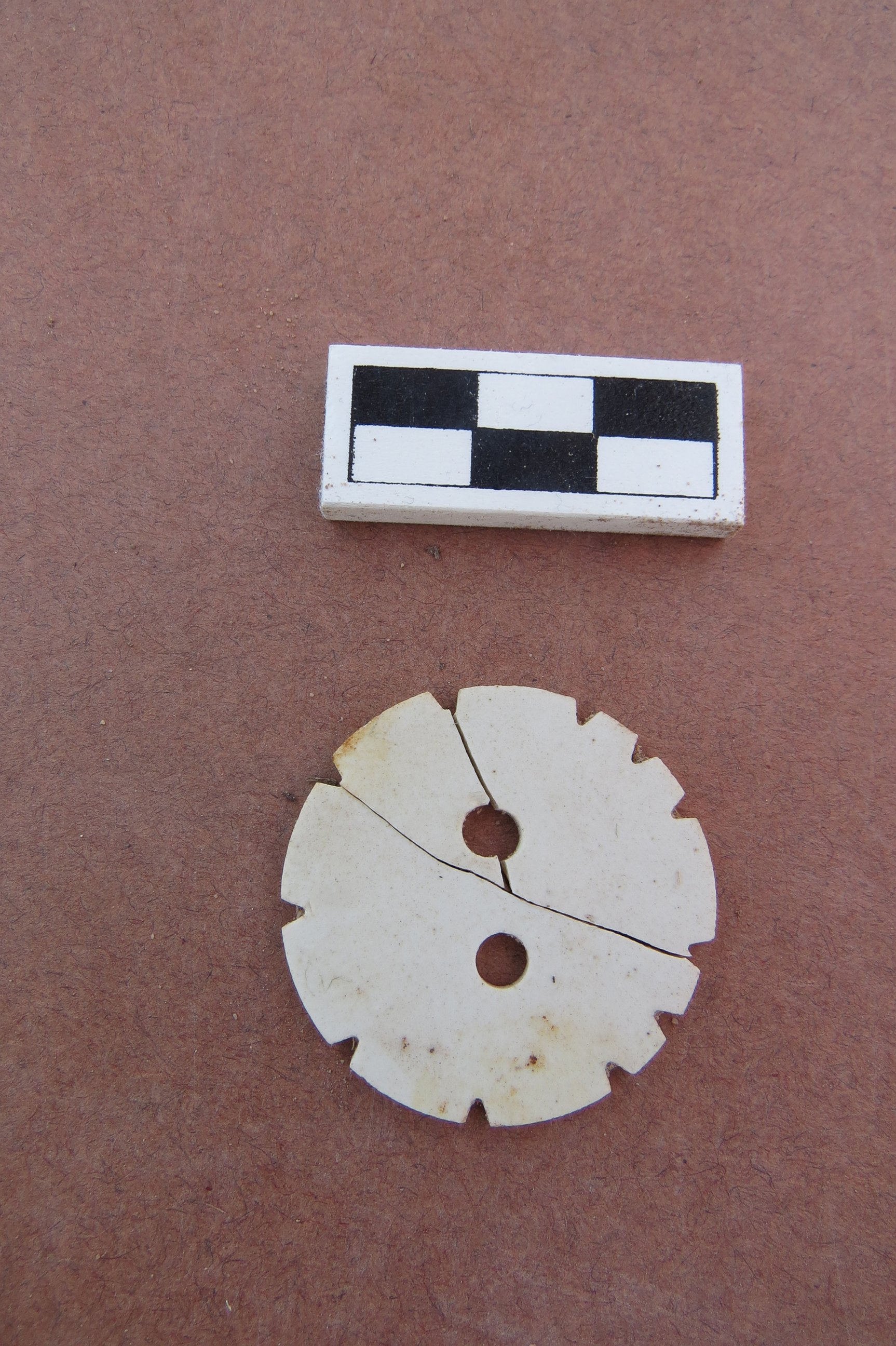
"It’s really interesting because it really allows us to see on a larger scale things we’ve noticed in other areas in the park," Reitze said.
The park is split between Navajo and Apache counties.
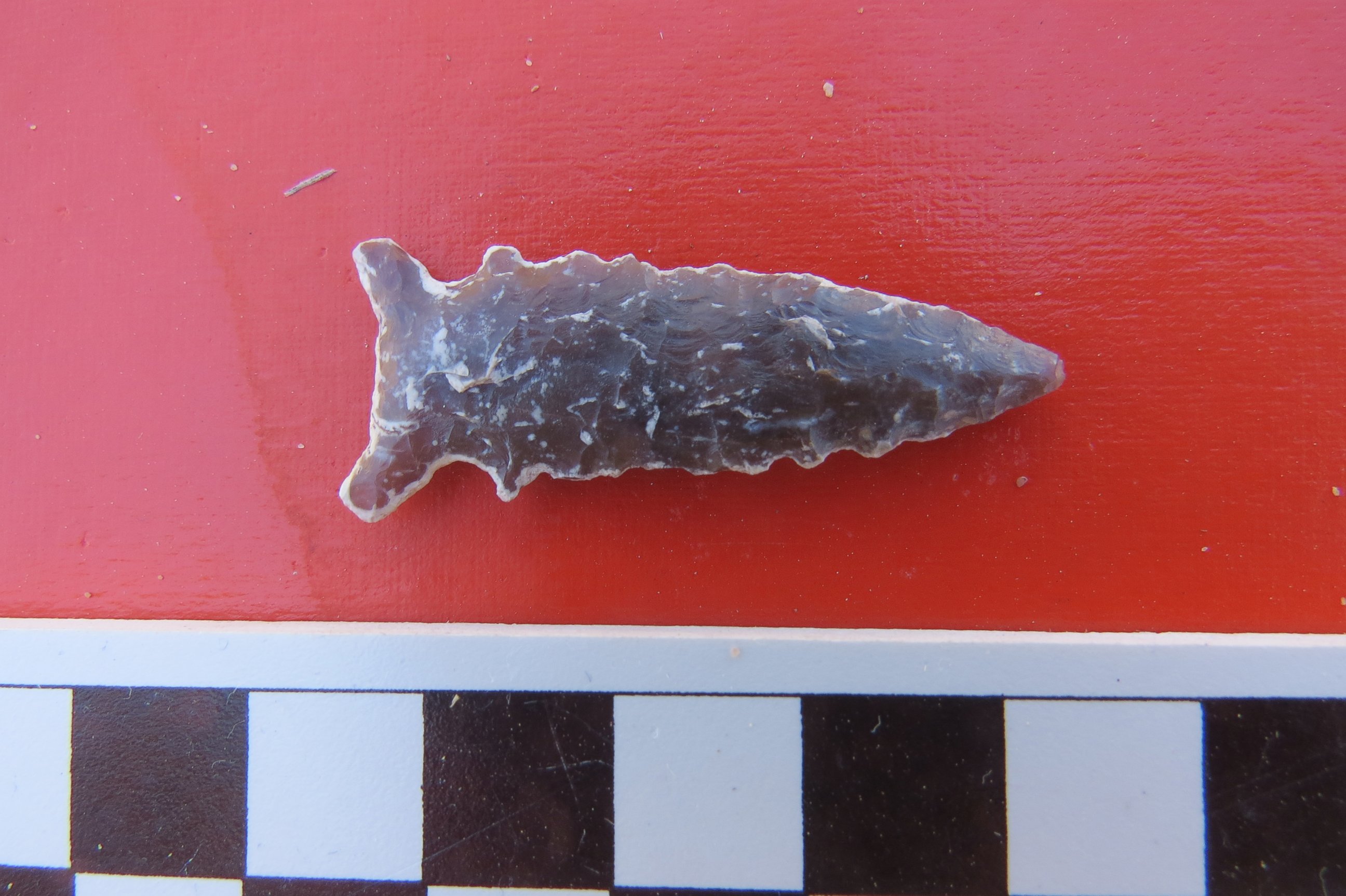
Reitze said he plans to record additional discoveries and date what they've found with radiocarbon.
One of Reitze's colleagues will be conducting an ethno-botanical study to analyze prehistoric sites.
"Because the park is doubling in size, we are finding something every day -- certainly not like these sites, but we are finding things every day," he said.
